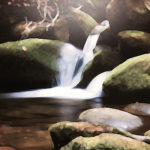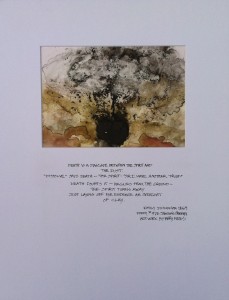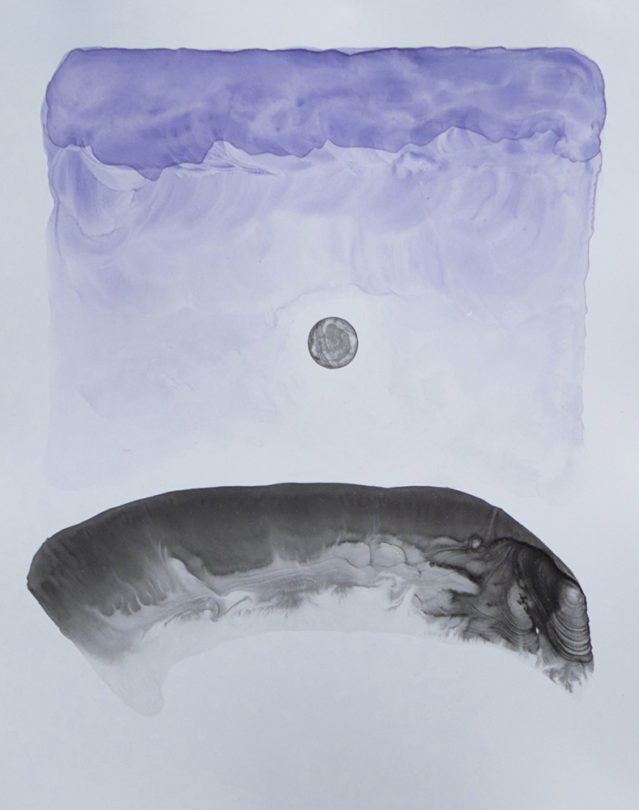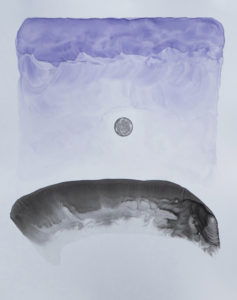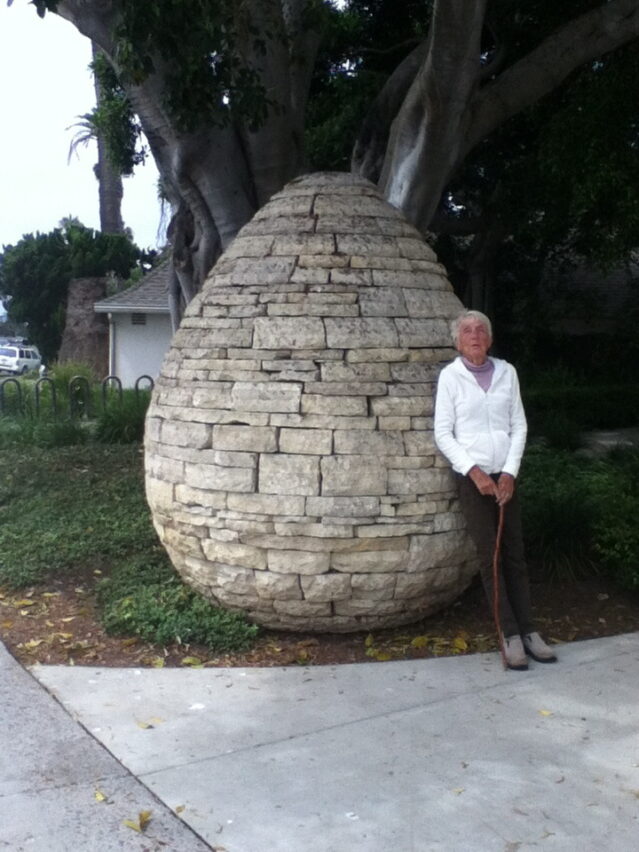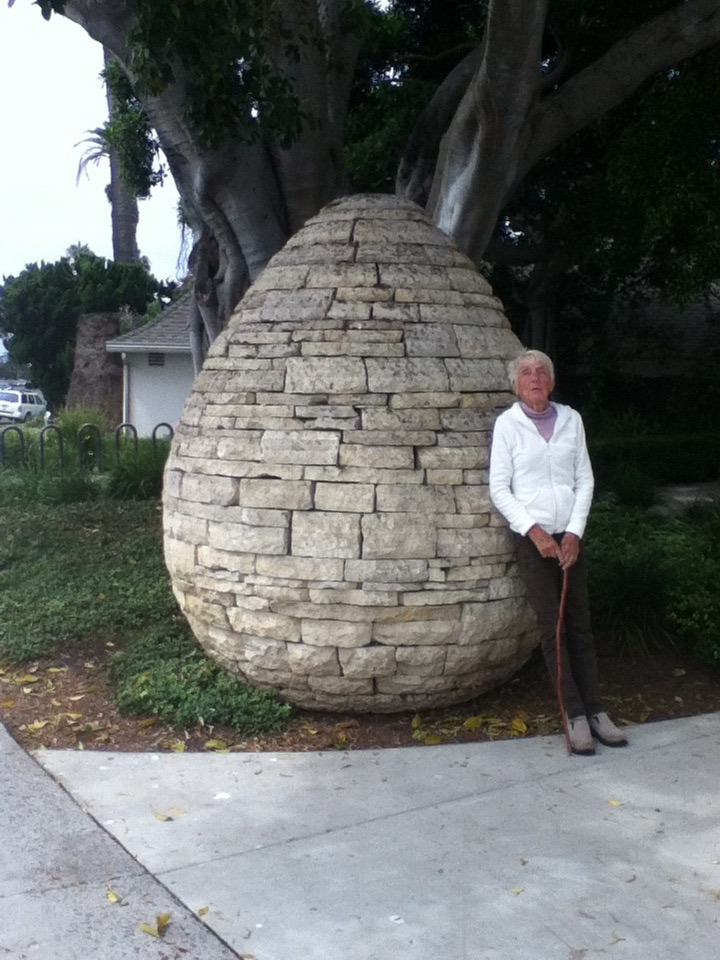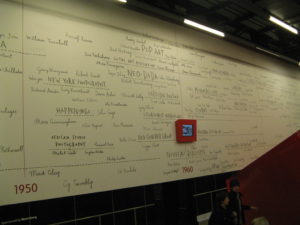A friend of mine took a shot of a sculpture while in Lisbon, a bleeding Christ. The image has had me thinking.
Like the transmission of real physical color to pixels (last post) we have difficulty grasping the deep significance of that which this wooden image represents. As a young adult, this event: Jesus being hung up to die was sorry failure. At best, Jesus to me was a good man taken down.
What I missed was that he had laid himself down, that this excruciating choice was seminal to his whole long prefigured rescue plan. Something significant gets lost in translation. We see politely, but are blind. In fact, agnostic presuppositions, or even religious inoculations often prevent us from appreciating this single greatest act of love ever accomplished. Think of it: the Creator submitting to the scourging and the bindings of mortals. Can you name for me any other god who gave up his life, in ransom for his subjects? You simply cannot, for there is no other, and we would never have dreamed up such a preposterous idea. ‘God would never do that’, we say confidently (as if we know what God will and will not do). Maybe like me your first instinct is rejection at such condescension. Yes. We would not do that.
The attempt above his head, in this sculpture, to represent his deity is lame to me. It is to my eyes a pastiche, like some misplaced party decoration. But I wonder, how would one show such a holy free-fall from deity into dust? The blood that one dark day was very real however, it was not a dramatic effect. It was bright and pulsating with the perfect purity of God Himself. Maybe this is what moves me most in this piece. The blood was red and sticky, messy as it was mixed with DNA that tied back to Abraham, back to Adam. . .and even also back to God. The blood did not rise in some holy cloud of exemption; it was subject to gravity and fell, like we all do, to earth. His flesh was warm like ours is, until He gave up his last breath. His character was on display all the way through. Only a few had the courage to open their eyes to the desperate wonder, and even they were not “getting” what was happening before them. Only a few still care to consider now. We whizz by, not noticing the emergence of deep hope here.
If God really did this, in a physical body, what does this say to me, in my body, which is vulnerable, graying and frail?
If God loved this perfectly, this selflessly, can I ignore this in my own attempts to make life work?
If God could do this in hope toward the coming resolution of all things (true justice coming), then what on earth or in heaven am I afraid of?
“God made Jesus who knew no sin to become sin on our behalf, that we might become the righteousness of God in Him” 2 Corinthians 5:21
